#1 Get a Quiver
If you’ve been surfing for 2 years or more, it’s time to get a quiver (group of 2 or more surfboards you personally own). This will help you surf better in different wave conditions. Just having two boards can make a huge difference: a “fish” with a flat rocker for small days, and a smaller board with more rocker for when the waves are better. This will help you catch more waves and progress faster.
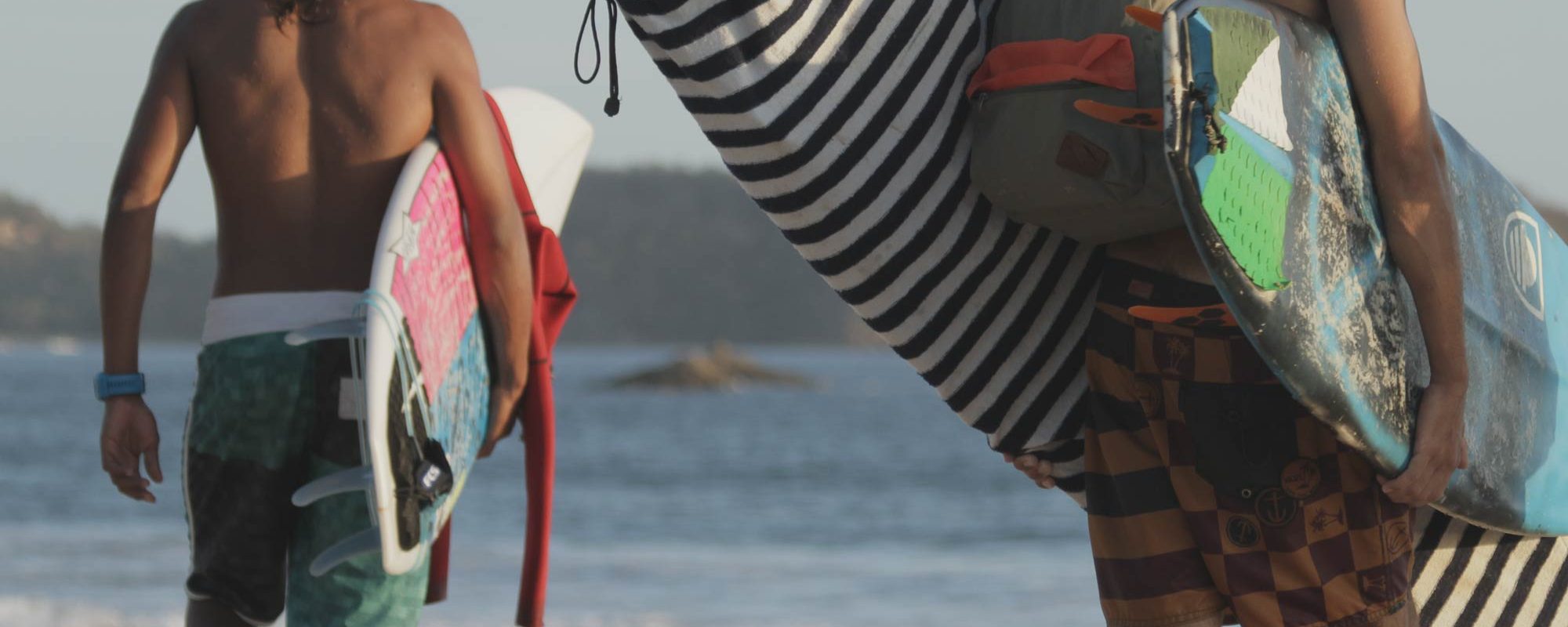
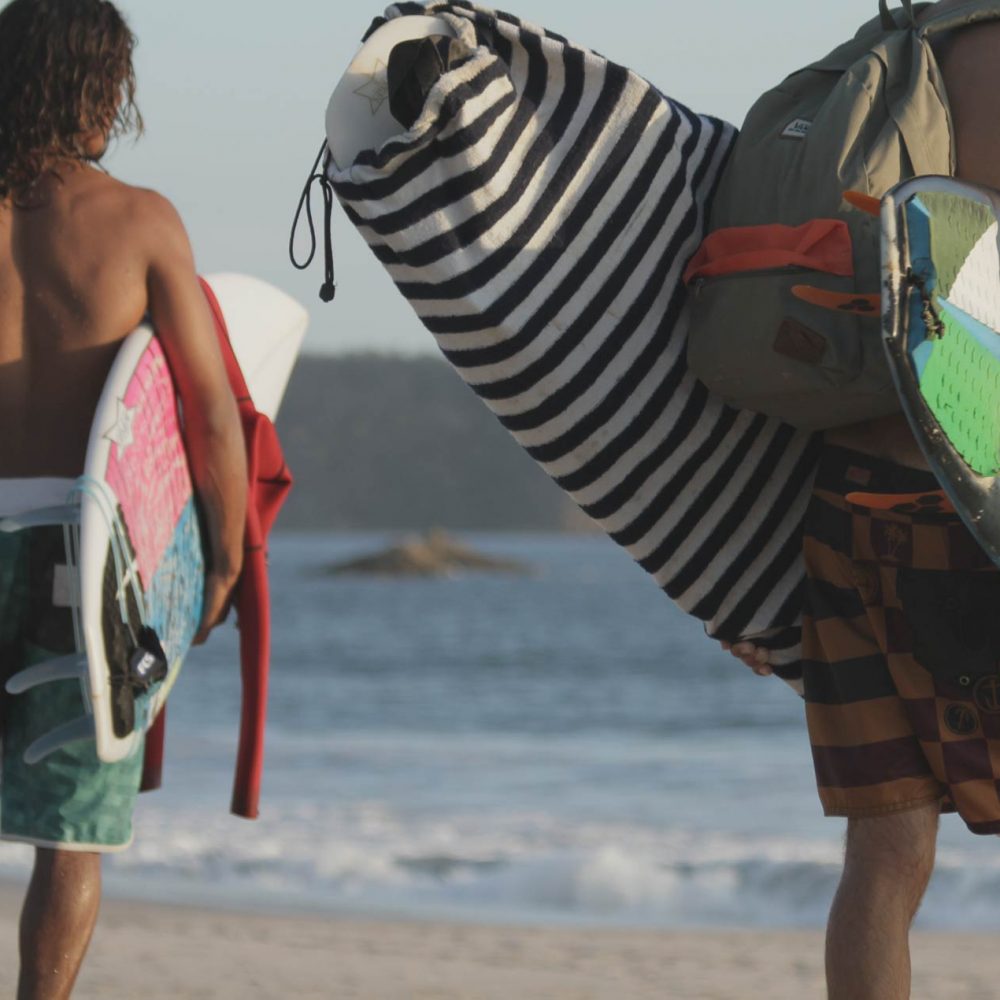
#2 Keep Surfing Different Conditions
You might have lost a bit of the initial excitement. It’s harder to get out there when it’s onshore or less than 2 feet.
Did you know that Kelly Slater, 11-time world champion, learned to surf in Cocoa beach, Florida. Anybody who’s been there can tell you waves are far from perfect every day. This training ground made him “hungry and appreciative”. If you want to get good at surfing, or even if you just want to have more fun, you have to get in the water often. Surfing small, mushy, onshore waves can help you understand many things: how to generate speed, how to use the pocket, how to correct your stance according to the wave… Plus, when the waves actually get good, you appreciate them so much more!
You have to learn to walk before you can run. Most of the times, you will learn new tricks and maneuvers in smaller waves. Landing new maneuvers on small waves is the first step to land them on big days.
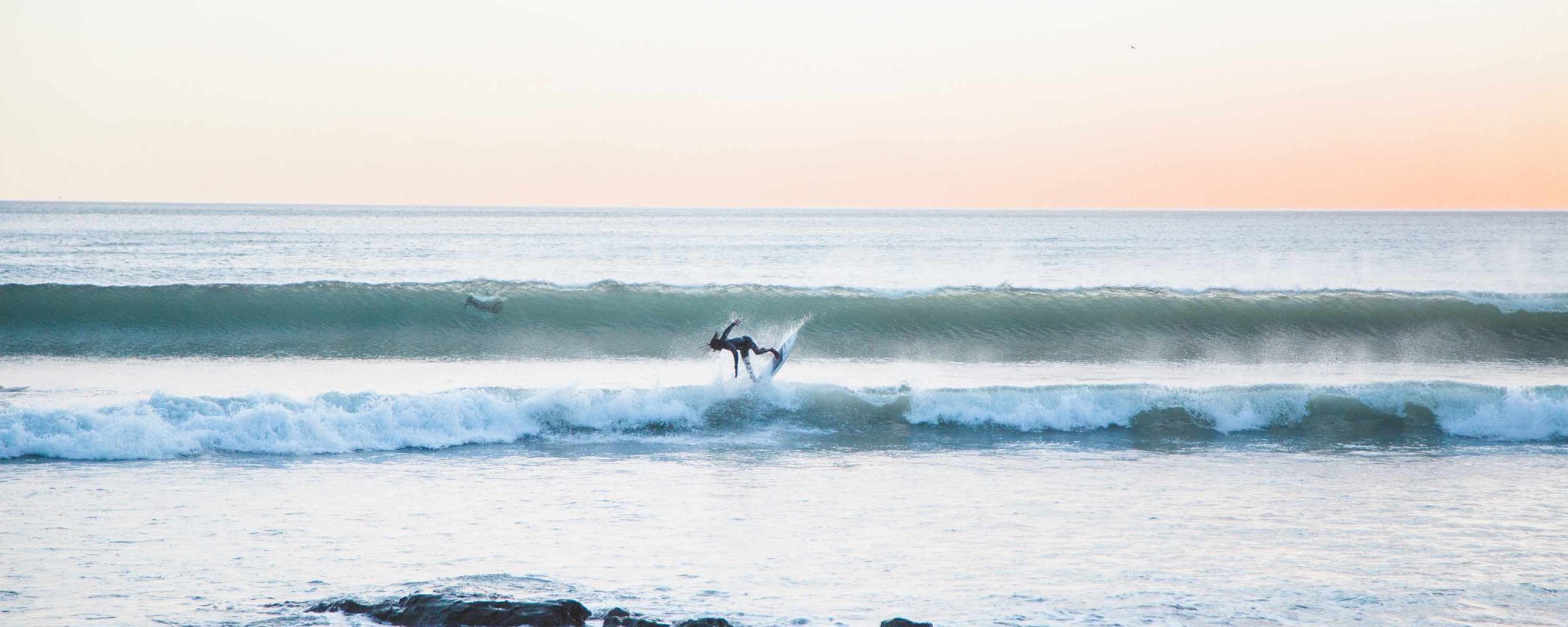
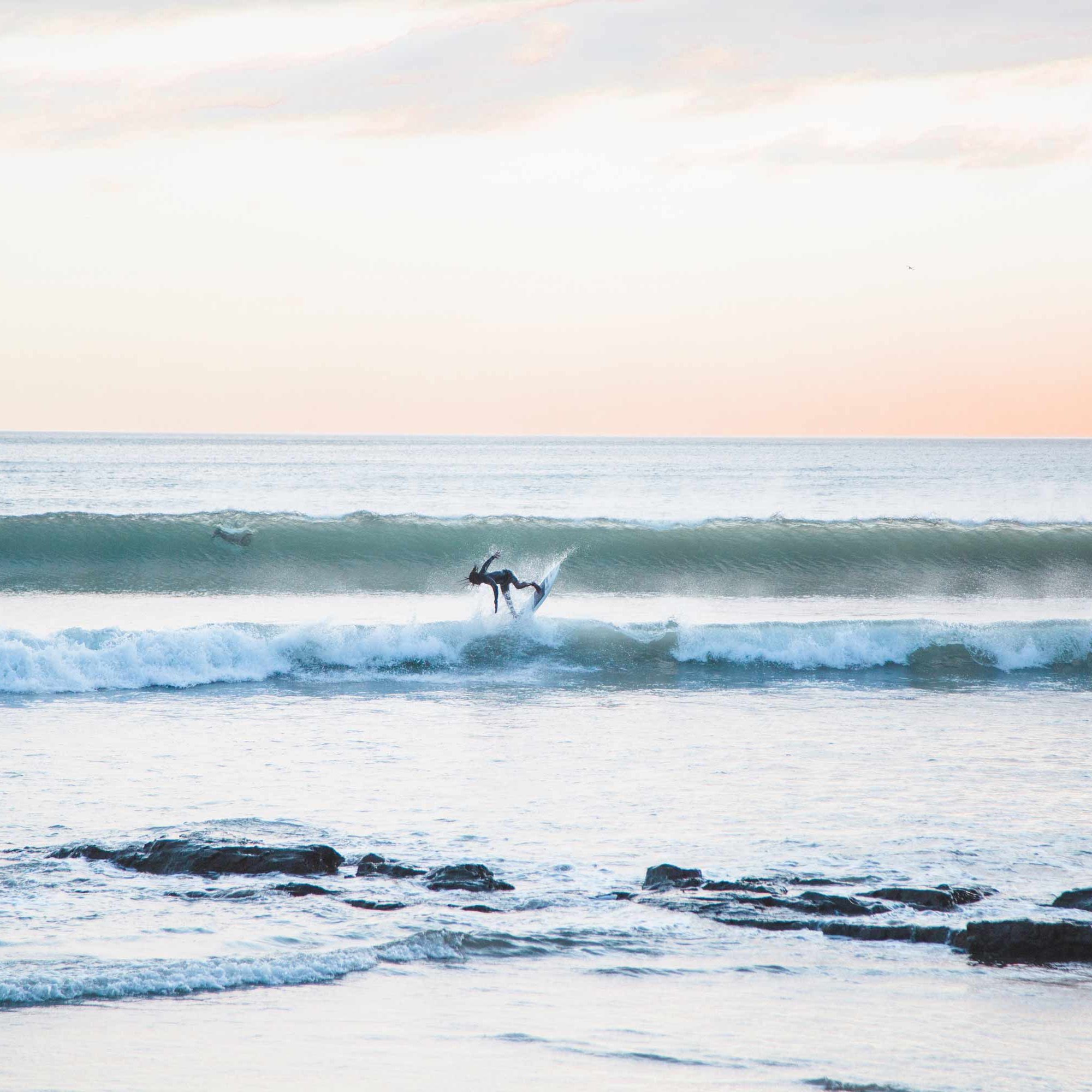
#3 Check your Stance
Unless you’ve been surfing many days per week, and were lucky enough to have someone coach you a bit, you’re stance is probably still wrong at this point.
The distance between both your feet is supposed to be about the same width than the width between your shoulders. But you’re either a bit too wide, or a bit too narrow. We can’t help you knowing which one of them is your problem. Ask a friend that has been surfing for a few years more than you and he will tell you.
The stance is a HUGE aspect of your surfing, so make sure you pay attention to it. It’s not just about the width between your feet, it’s also about where your feet are on the board. The more you surf, the more you realize that your feet are always at different spots according to the waves shape. Next session, always put your back foot way back on the track pad before you turn. Feel just how much that makes a difference in your turns when your foot is over that back fin.
#4 Get Someone to Shoot You
There is nothing like seeing yourself surfing on pictures or videos. It will change your life.
Watch your videos with a good surfer and let him tell you what you need to change. Put it on slow motion and watch it again, again, and again. See all the details in your technique.
Then, watch advanced or professional surf videos. Don’t try to understand how they land air reverses. Just analyse how they generate speed, how they do their bottom turns, what their stance looks like, etc. Watch them over and over again. Put it on slow motion when you want to see more details. If you do this properly, next time you go out surfing, your brain will automatically recognize your old habits and you will be able to correct them.

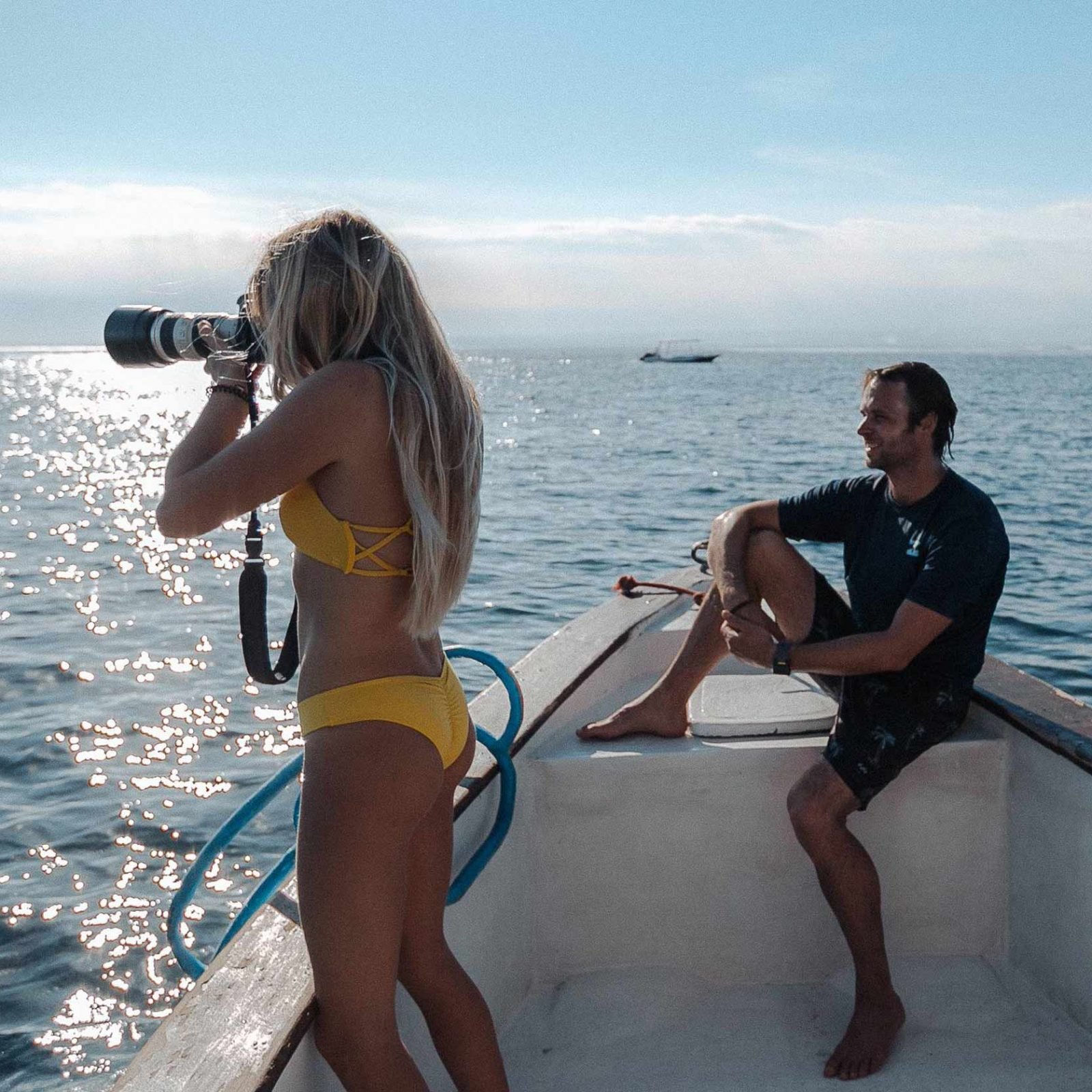
#5 Don’t Take Things too Seriously
The moment you stop having fun is the moment you stop progressing. Surfing is a very special sport. We’ve discussed its unique learning curve and challenges in past articles. The reality is that you have to pay attention to technique and practice whenever you can if you want to get good at it. But don’t take things too seriously. Some people pay so much attention to equipment, technique and progression that it ends up taking the fun out of surfing. If you’re not having fun, you’re probably not going to get better anyways.
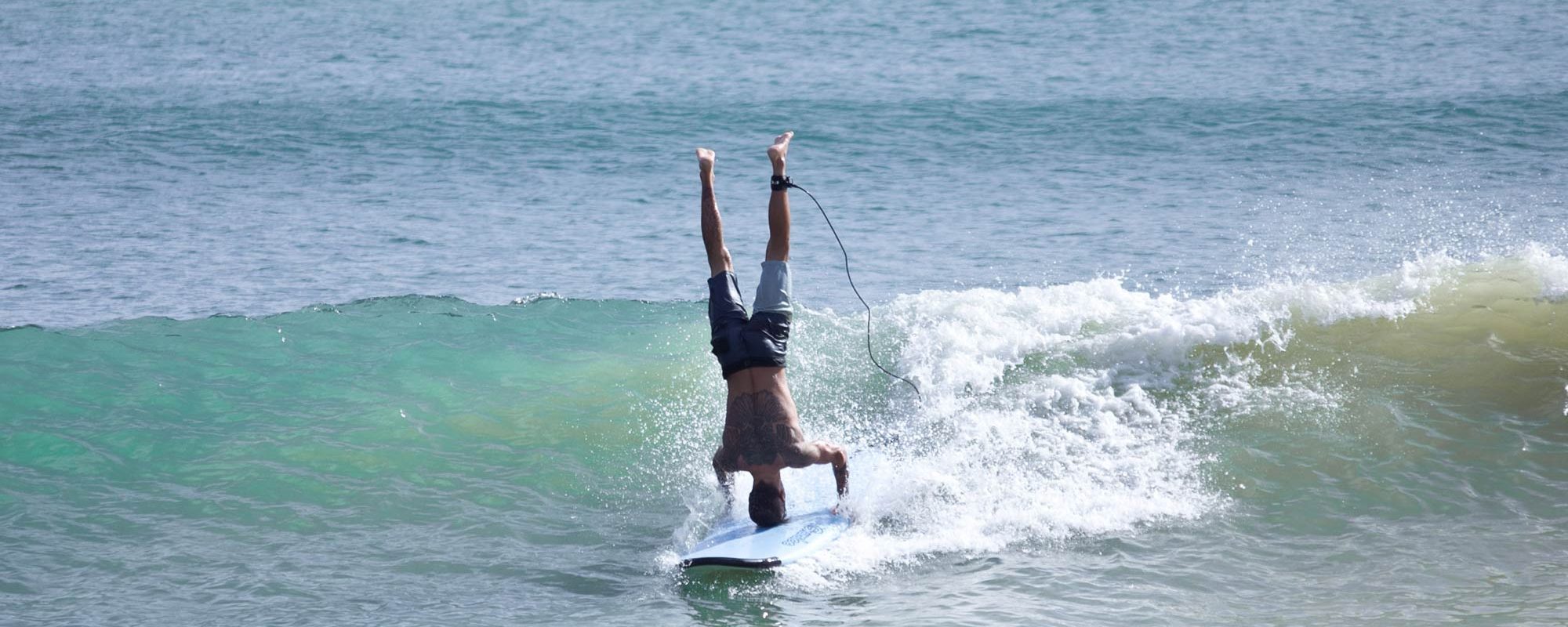
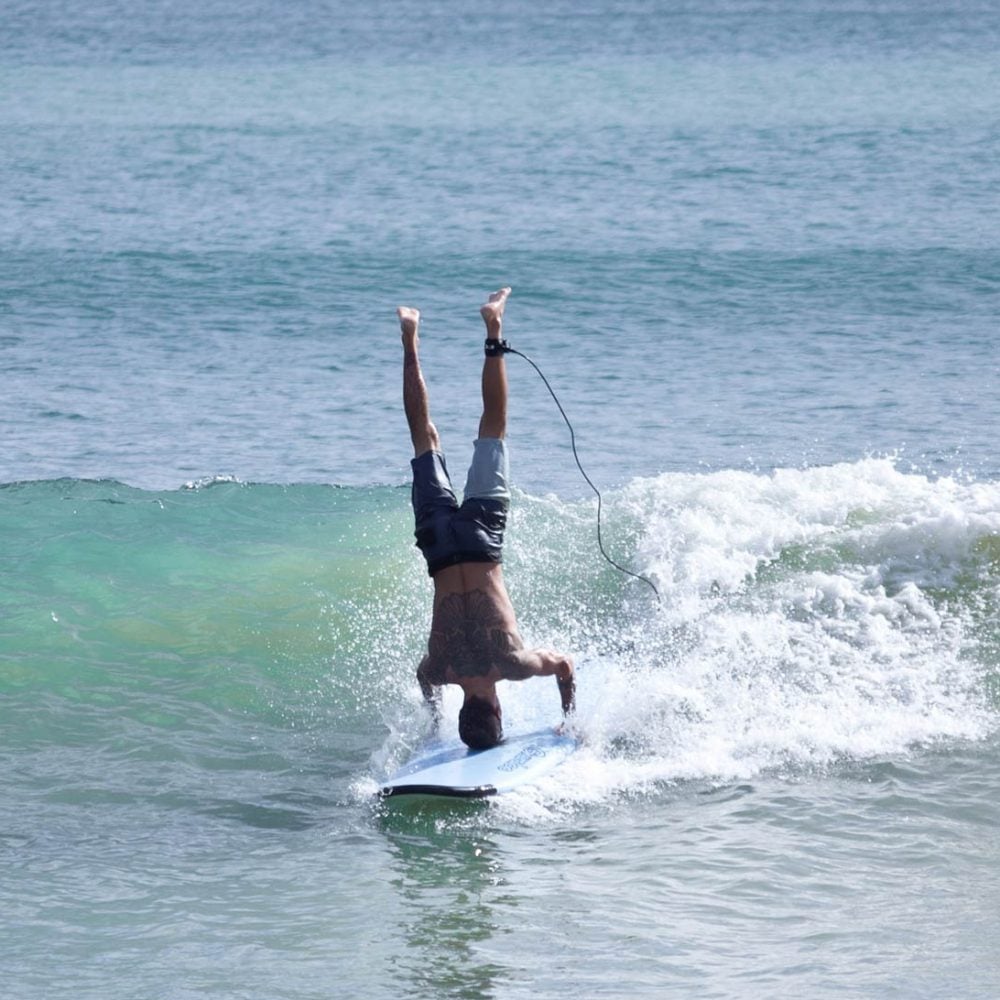

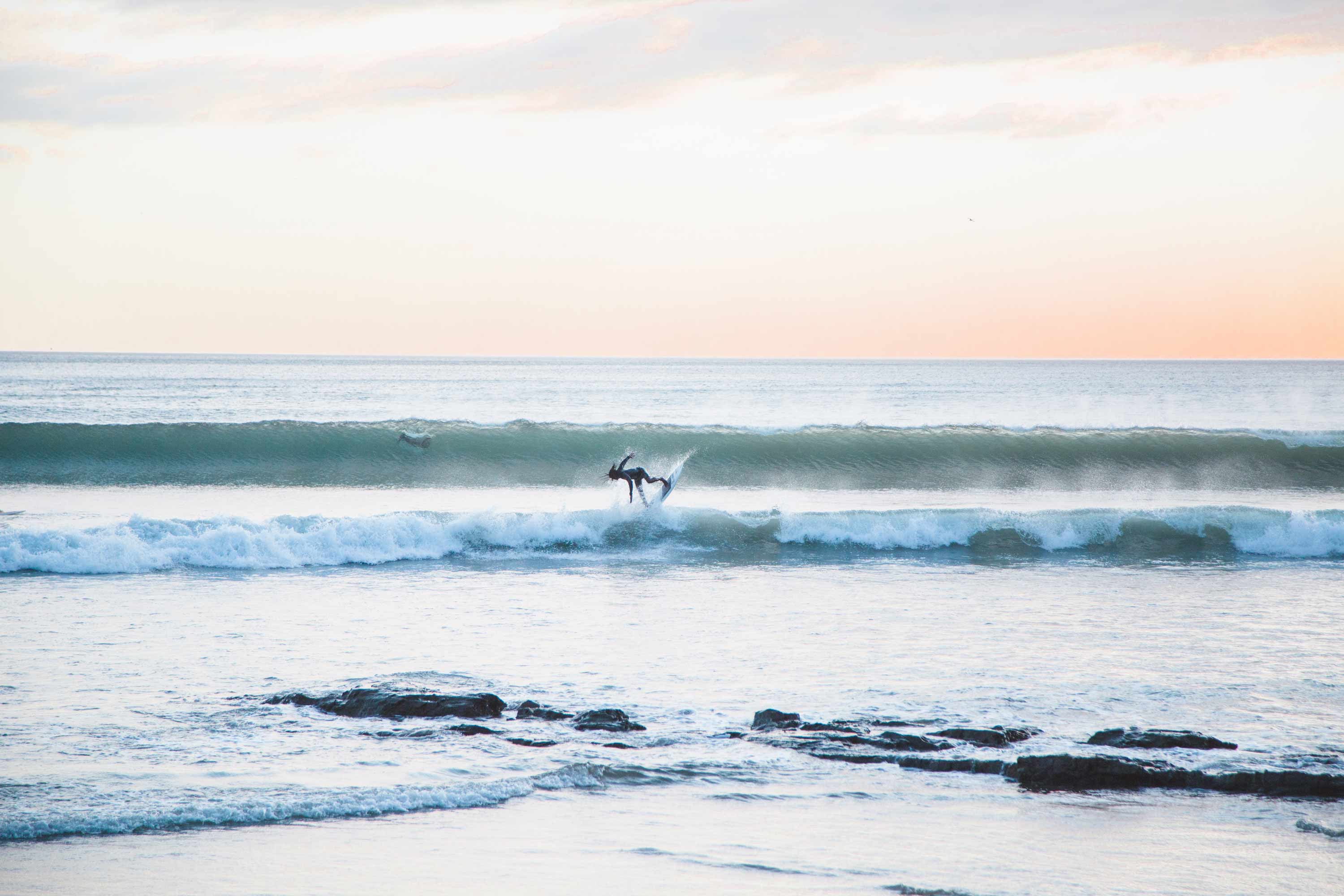

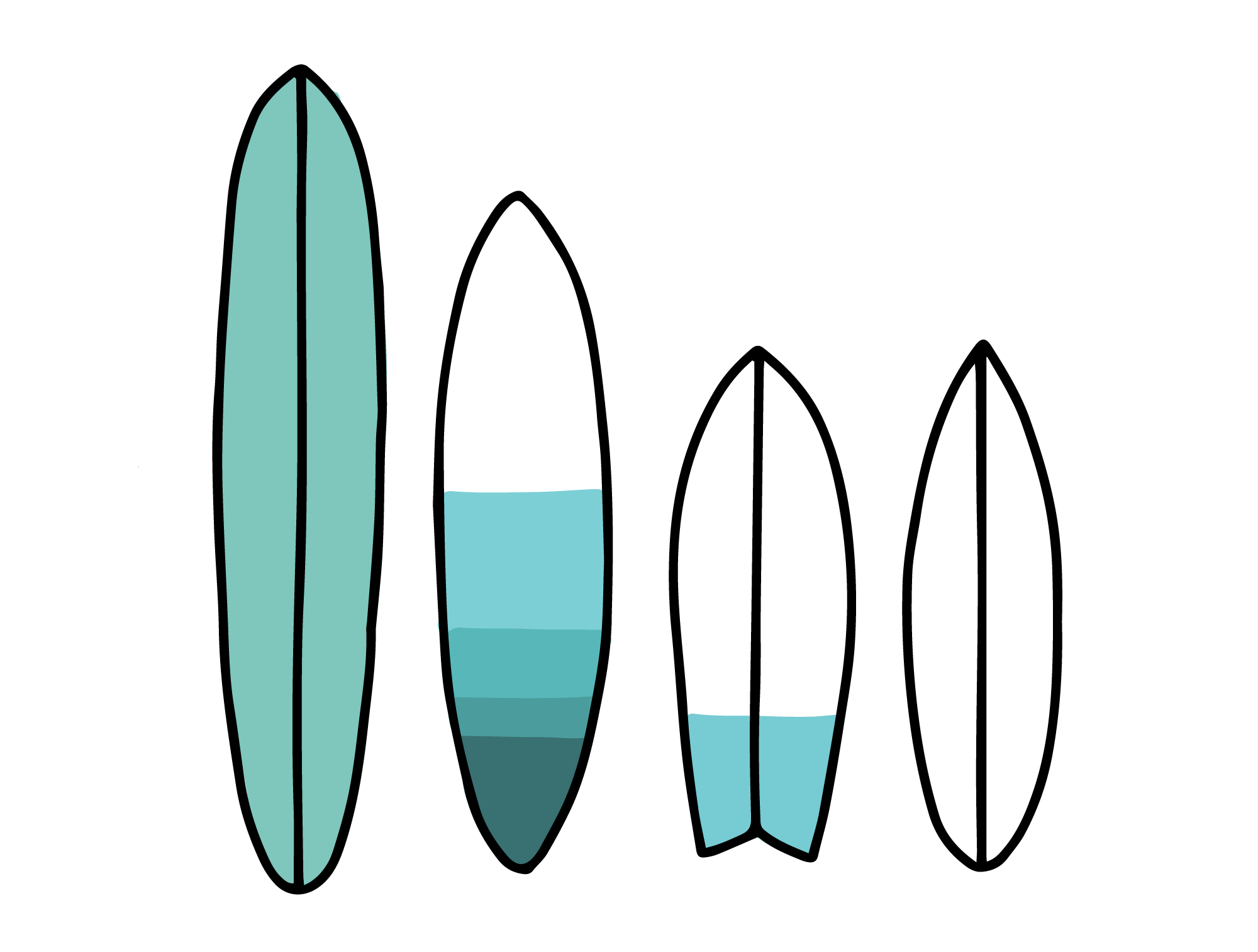
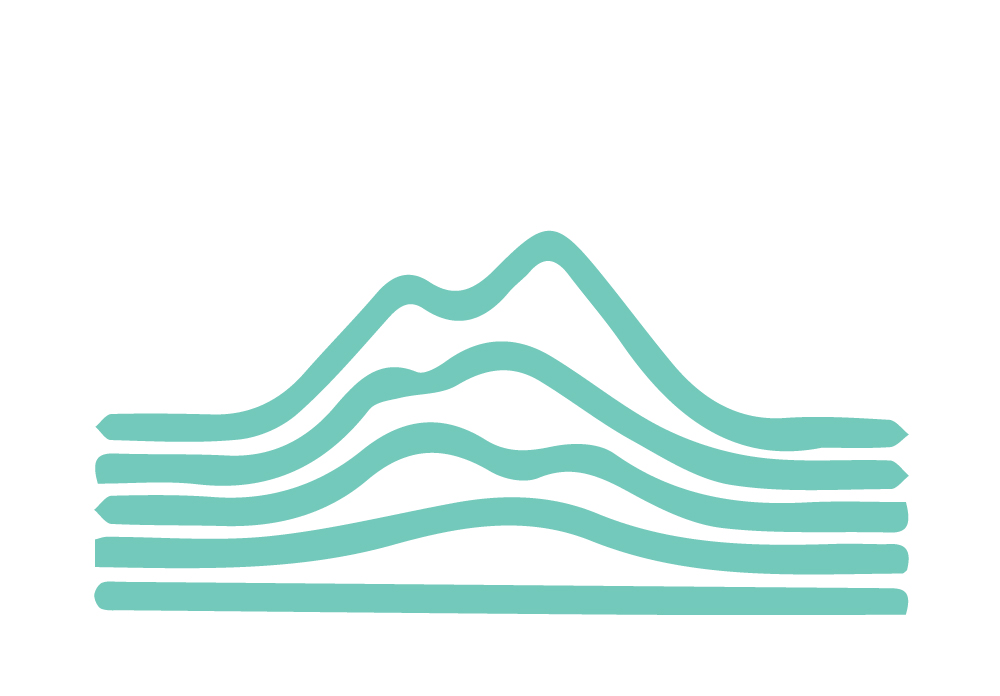

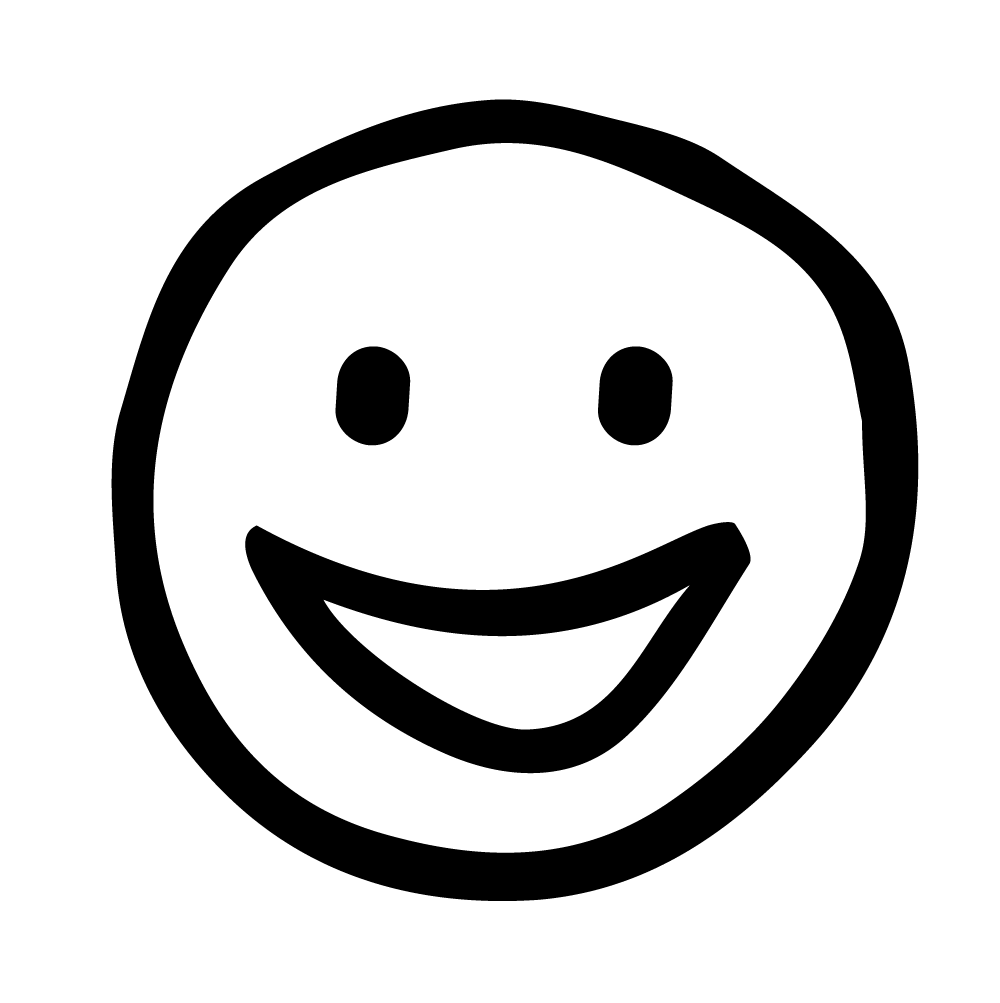



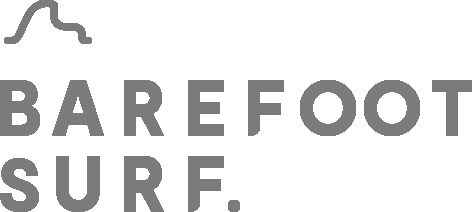

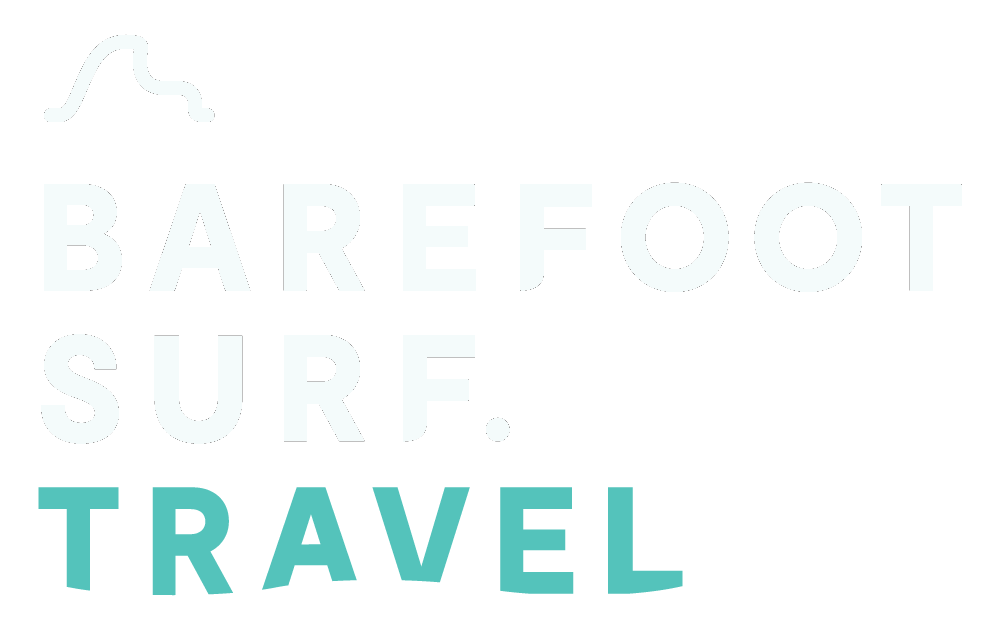

Leave a comment